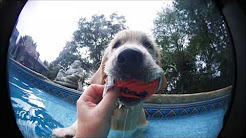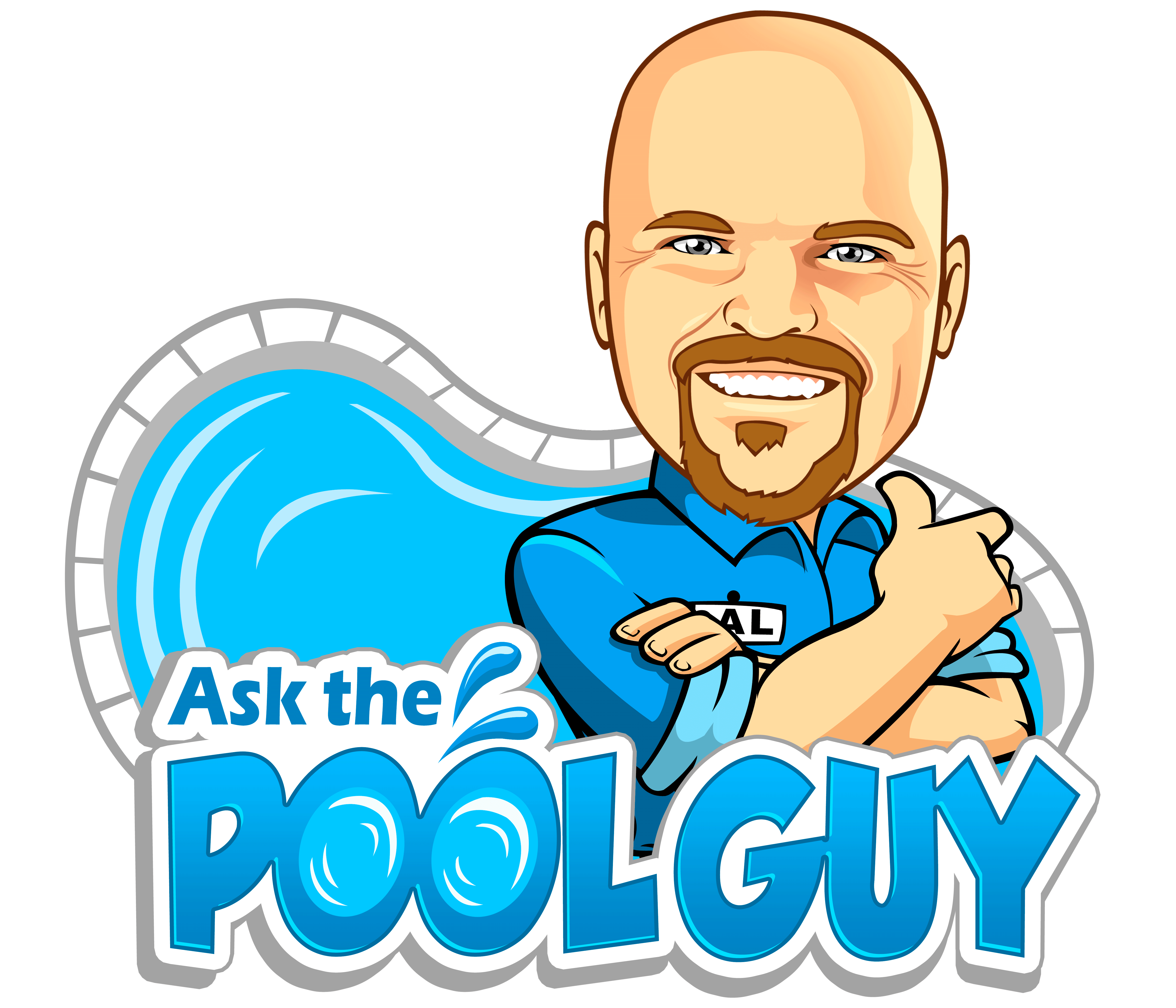
We recommend testing your water 1x/week with test strips or a test kit, (I recommend this kit: https://amzn.to/2LeMF3N) and I suggest these test strips: https://amzn.to/2LeYR4D – and bring a water sample to your local pool store 1x/month during the summer for comprehensive water testing.
Romans or 3 R Pools on Grand River in Howell both do water testing.
Water Chemistry Ideal Levels to Aim For Per your Pool Configuration:
FCL 1.0-3.0 ppm
pH 7.4
TA or ALK 80-120
CH 200
CYA 30
A pool should be “shocked” once a week to break down contaminants. You can do this by boosting your chlorine production on the salt cell for 24 hours, hold down more and less until it flashes and all lights go green to 100% – that puts it in superchlorinate mode for 24 hours.
Never use granular chlorine in your vinyl liner pool – stick with liquid chlorine if you have to add it as a boost – if your pool starts turning algae green a gallon of liquid chlorine does the trick. If your pool looks flourescent green that is pH is high and metals are in the water, 1 gallon muriatic acid added directly into the deep end, and 2 FerriTabs will help this.
You should have one of each chemical on hand that you’d typically need, pH plus, pH Minus, Alkalinity Increaser. If you add well water, use 1-2 FerriTabs to help remove the iron from the water. The only other “specialty” chemicals you may need are SeaKlear Water Clarifier – which helps clear cloudy water. CoverFree by Natural Chemistry is also a way to do a liquid solar blanket which helps prevent evaporation of your heated water.
Water Chemistry Quick Definitions:
Free Chlorine (FC)- Free chlorine does the hard work of killing bacteria and oxidizing contaminants. Chlorine must be constantly replenished.
Total Chlorine (TC) – When the free chlorine combines with contaminants, it becomes combined chlorine, or chloramines. In water, this form of chlorine has very little sanitizing ability, and no oxidizing ability. Total chlorine is just the sum of both combined chlorine and free chlorine.
pH (Acidity/Alkalinity) – Needs to be kept in balance to prevent irritation and protect the pool equipment. (7.2 to 7.6)
Total Alkalinity (TA) – Appropriate levels help keep the pH in balance. High levels can cause pH to rise. Always adjust TA before adjusting pH
Calcium Hardness (CH) – Appropriate levels help prevent plaster damage. High levels can cause calcium scaling, low levels plaster etching.
Cyanuric Acid (CYA) – Protects chlorine from sunlight and determines the required FC level.
Salt – The salt level should be in line with the salt generator manufacturer directions. Under 4,000 ppm according to the Pentair IntelliChlor Units (3,000-3,500)
A note about: Salt Water Pools – when you are generating chlorine with a salt water system you may find that the pH tends to run high. Liquid chlorine has a pH of approx. 8. To offset this pH you may need to add pH reducer or muratic acid to the pool. (You may need to do this weekly depending on your pH and alkalinity levels.) You can also keep the alkalinity on the low end of around 80ppm which should help the pH stay on the lower levels.
